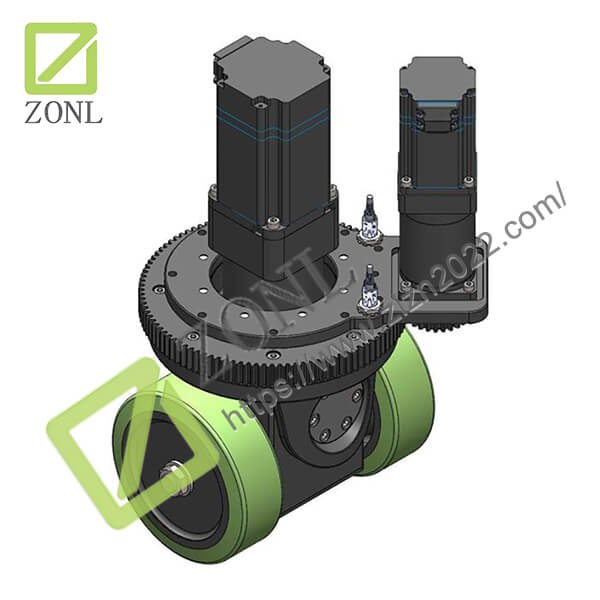The manufacturing industry is evolving rapidly, integrating advanced technologies to improve efficiency, reduce costs, and enhance productivity. One such technological advancement is the Automated Guided Vehicle (AGV), a robotic system that streamlines material handling and logistics in manufacturing facilities. Guangzhou Zhongli Intelligent Equipment Technology Co., Ltd. is at the forefront of AGV innovation, providing cutting-edge solutions to optimize industrial automation.
What Is an Automated Guided Vehicle AGV?
An Automated Guided Vehicle (AGV) is a self-operating, computer-controlled robotic system used for transporting materials within manufacturing plants, warehouses, and distribution centers. AGVs follow pre-determined paths or utilize advanced navigation technologies such as sensors, cameras, and AI-driven mapping to move efficiently without human intervention.
How Automated Guided Vehicle (AGV) Work
AGVs use various guidance systems to navigate safely and accurately. These include:
- Laser Guidance: Uses laser sensors to detect surroundings and move accordingly.
- Magnetic Tape or Wire Guidance: Follows embedded wires or magnetic strips on the floor.
- Vision-Based Navigation: Uses cameras and AI to recognize objects and avoid obstacles.
- GPS and LiDAR Navigation: Provides advanced real-time mapping and adaptive routing.
Types of AGVs in Manufacturing
AGVs come in different models, each designed for specific industrial needs. The most common types include:
- Tugger AGVs: Pull carts loaded with goods along predefined routes.
- Unit Load AGVs: Carry individual loads such as pallets or containers.
- Forklift AGVs: Automated forklifts for stacking and retrieving items.
- Heavy-Duty AGVs: Transport large and heavy materials, such as automotive components or metal sheets.
- Assembly Line AGVs: Assist in assembling products by moving components along the production line.
Benefits of Using Automated Guided Vehicle (AGV) in Manufacturing
1. Increased Efficiency
AGVs streamline material transport, reducing wait times and optimizing workflow, leading to higher productivity.
2. Reduced Labor Costs
By automating repetitive material handling tasks, AGVs lower dependency on manual labor, saving costs and improving workforce allocation.
3. Enhanced Safety
With built-in safety sensors, AGVs minimize workplace accidents by detecting obstacles, stopping when necessary, and operating in controlled environments.
4. Improved Accuracy and Reliability
AGVs follow programmed routes with high precision, reducing human errors in logistics and inventory management.
5. Scalability and Flexibility
Manufacturers can easily integrate AGVs into existing operations and scale up automation as business needs grow.
Automated Guided Vehicle Applications in Manufacturing
AGVs are widely used in various industries, including:
- Automotive: Transporting car parts between assembly stations.
- Electronics: Moving sensitive components with precision.
- Food and Beverage: Handling packaging and logistics efficiently.
- Pharmaceuticals: Ensuring safe and contamination-free transportation of medical supplies.
- E-commerce Warehouses: Streamlining order fulfillment processes.
The Future of AGVs in Smart Manufacturing
As industries move toward Industry 4.0, AGVs are becoming more intelligent, incorporating AI, machine learning, and IoT connectivity. These innovations will further enhance automation, predictive maintenance, and real-time monitoring, making AGVs an indispensable part of modern manufacturing.
AGVs are transforming the manufacturing landscape by enhancing efficiency, safety, and productivity. Guangzhou Zhongli Intelligent Equipment Technology Co., Ltd. continues to lead in AGV technology, offering innovative solutions tailored to the evolving demands of industrial automation. As businesses strive for higher efficiency, AGVs stand as a crucial investment in the future of manufacturing.



